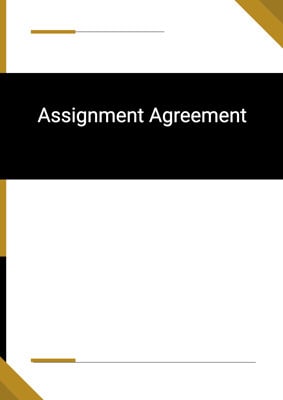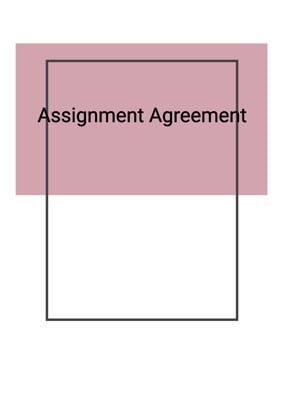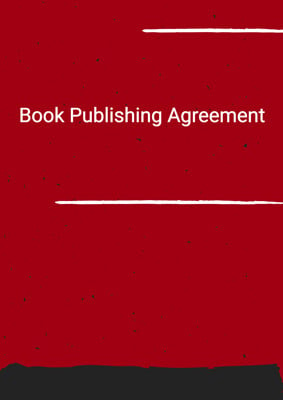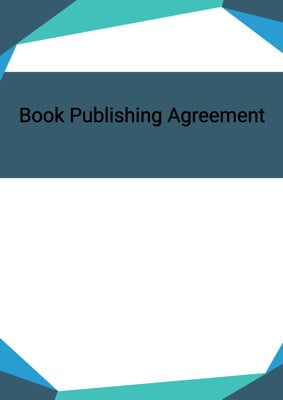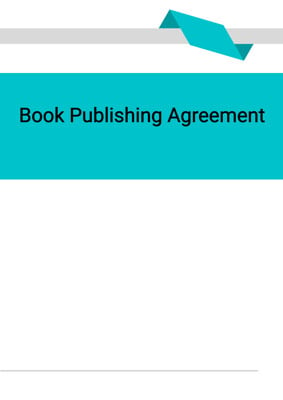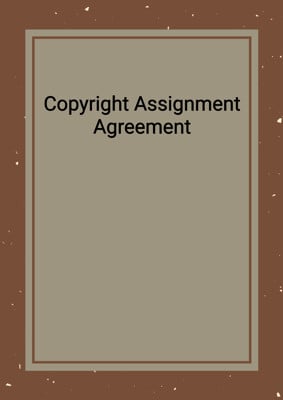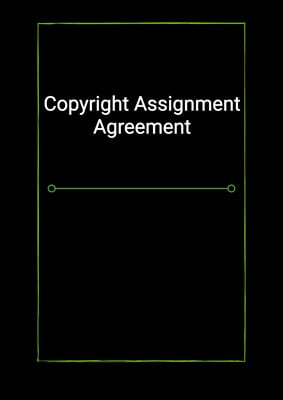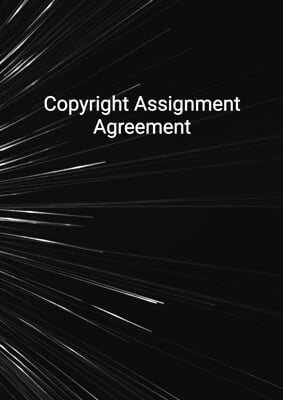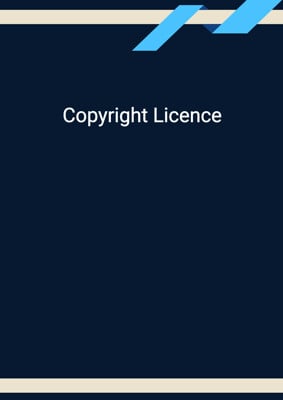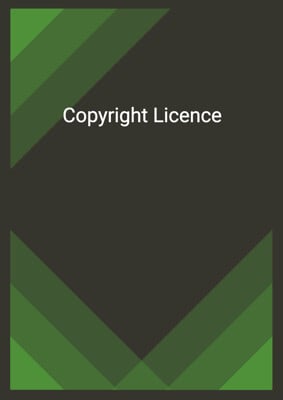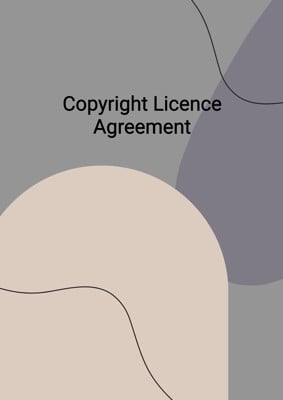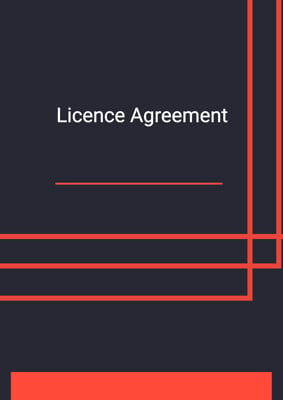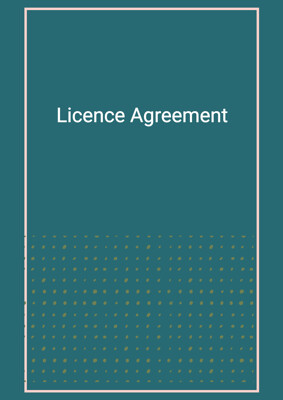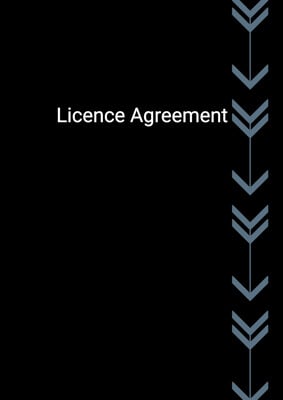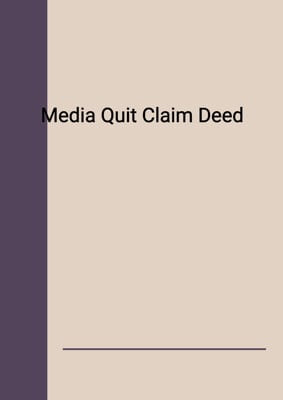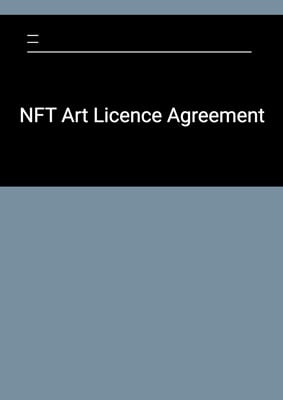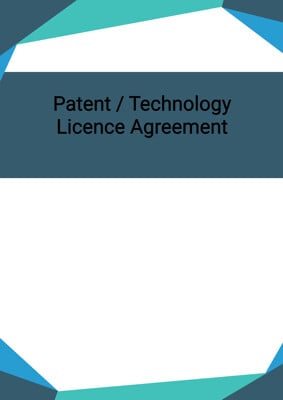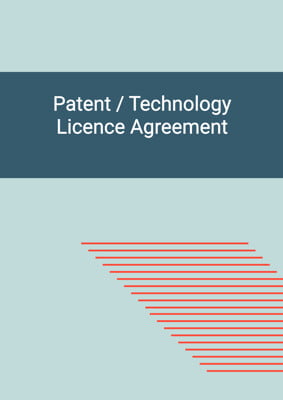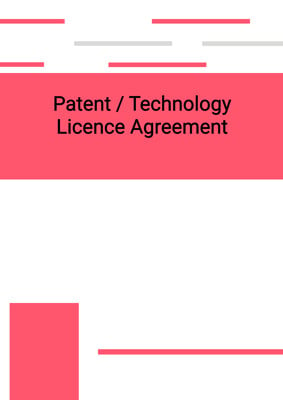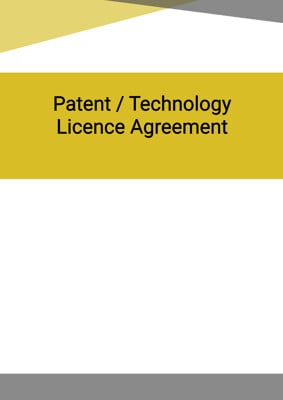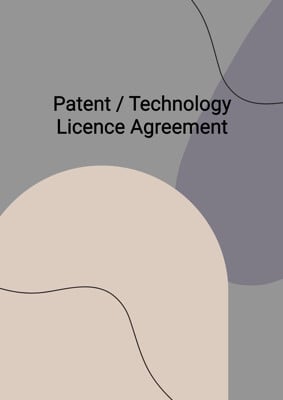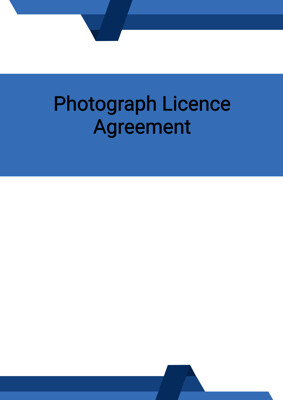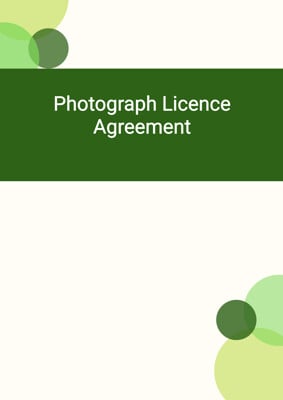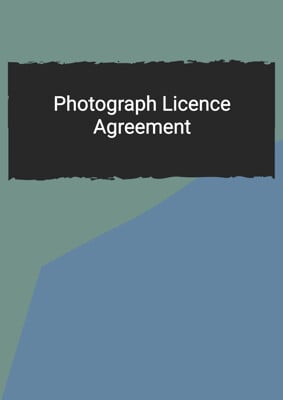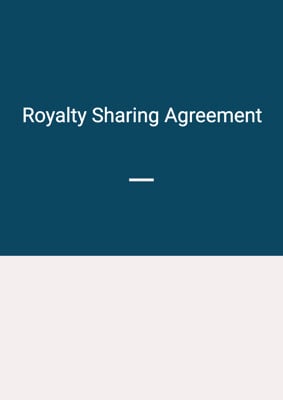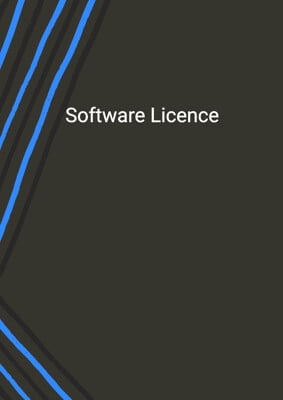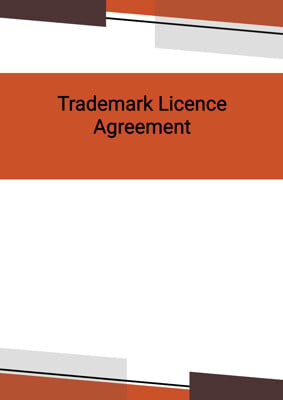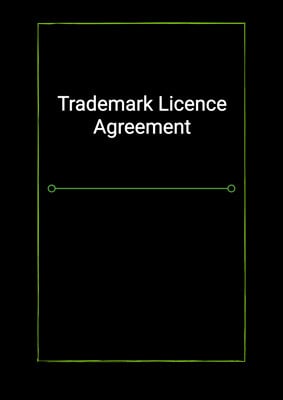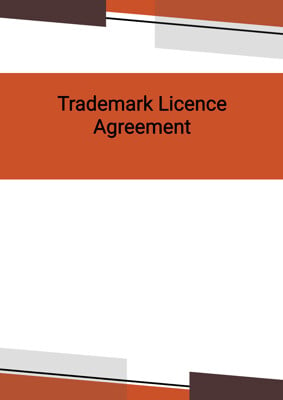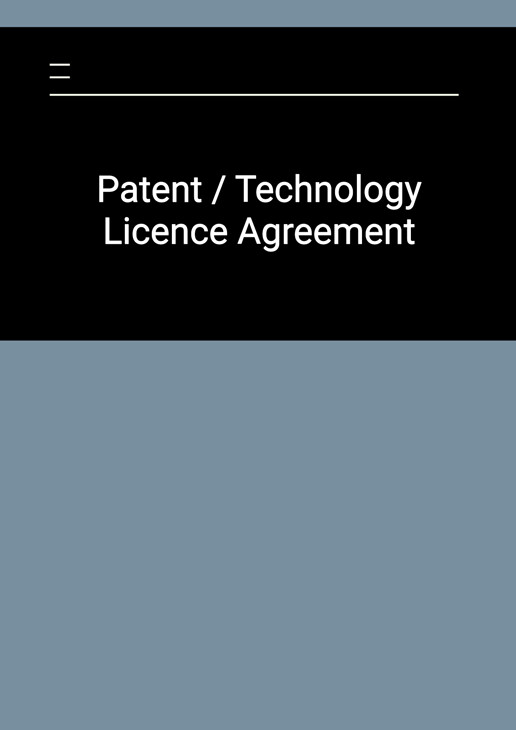
Patent / Technology Licence Agreement
Licensor - Wide Scope
Patent / Technology License Agreement whereby the Licensor grants the Licensee a wide range of rights (including the right to sub-license) to use the invention/ patent works for commercial production. This is drafted in favour of the Licensor.
How to Tailor the Document for Your Need?
01
Create Document
Fill in the details of the parties. You can click the "Fill with Member’s Information" button to complete it with information saved to your account.
02
Fill Information
Please fill in any additional information by following the step-by-step guide on the left hand side of the preview document and click the "Next" button.
03
Get Document
When you are done, click the "Get Document" button and you can download the document in Word or PDF format.
04
Review Document
Please get all parties to review the document carefully and make any final modifications to ensure that the details are correct before signing the document.
Document Preview
Document Description
This Patent / Technology Licence Agreement is a legal document that grants the licensee the rights to certain intellectual property relating to an invention. The agreement is entered into between the licensor and the licensee, with the licensor being the party that owns the intellectual property and the licensee being the party that wishes to develop and commercialize the technology. The agreement highlights the importance of protecting intellectual property and outlines the terms and conditions under which the licensed intellectual property can be used.
The agreement begins with a preamble that sets out the background and purpose of the agreement. It states that the licensor has the rights to certain intellectual property relating to the invention, and the licensee wishes to develop and commercialize the technology in a specific field or territory. The licensor has agreed to license the intellectual property to the licensee on the terms and conditions of the agreement.
The agreement then provides definitions for key terms used throughout the document. These definitions clarify the meaning of terms such as commencement date, confidential information, force majeure, intellectual property, technology, licensed intellectual property, licensed field, licensed products, net sales revenue, net sub-licence payments, patents, and quarterly.
The agreement grants the licensee a non-transferable exclusive or non-exclusive license to develop and commercialize the licensed intellectual property in the licensed field. The licensee is also given the right to sub-license the intellectual property, subject to certain conditions. The licensee must use the licensed intellectual property only in relation to licensed products that conform to reasonable standards of quality and comply with any applicable statutory or regulatory requirements.
The agreement includes provisions for improvements made to the technology or the licensed intellectual property. If improvements are made by the licensor, the licensor must notify the licensee of these improvements. If improvements are made by the licensee, the licensee will own the intellectual property rights to these improvements.
The agreement also includes provisions for the disclosure of licensed intellectual property and the protection of patents. The licensee must not disclose any confidential information or make any public statements relating to the agreement without the prior written consent of the licensor. The licensor is responsible for the prosecution and maintenance of patents, and the licensee must bear the costs associated with obtaining and maintaining patent protection.
The agreement sets out the payment terms for upfront fees, royalties, and net sub-licence payments. The licensee is required to pay an upfront fee upon execution of the agreement, as well as royalties and net sub-licence payments at specified intervals. The agreement also includes provisions for record-keeping, inspections, and statements. The licensee must keep detailed records and books of account showing the quantity, description, and value of licensed products supplied, and these records must be made available for inspection by an independent professional accountant appointed by the licensor.
The agreement includes provisions for the performance of obligations, research and development, indemnities, warranties, and termination. The licensee must commit necessary resources to diligently pursue the development and commercialization of the technology and the licensed intellectual property. The licensee must also provide progress reports to the licensor and comply with all obligations under the agreement. The agreement can be terminated in certain circumstances, such as non-compliance with obligations or failure to commence the sale of commercial quantities of the licensed products within a specified timeframe.
Overall, this Patent / Technology Licence Agreement is a comprehensive legal document that outlines the rights and obligations of the licensor and the licensee in relation to the licensed intellectual property. It provides a framework for the development and commercialization of the technology and ensures that both parties are protected and aware of their responsibilities.
How to use this document?
1. Review the entire agreement to understand the rights and obligations of the licensor and the licensee.
2. Determine whether the license granted is exclusive or non-exclusive, and whether sub-licensing is allowed.
3. Ensure that the licensed intellectual property is used only in relation to licensed products that conform to reasonable standards of quality and comply with applicable statutory or regulatory requirements.
4. Keep detailed records and books of account showing the quantity, description, and value of licensed products supplied, and make these records available for inspection by an independent professional accountant.
5. Pay the upfront fee upon execution of the agreement, as well as royalties and net sub-licence payments at specified intervals.
6. Comply with all obligations under the agreement, including the commitment to diligently pursue the development and commercialization of the technology and the licensed intellectual property.
7. Provide progress reports to the licensor on the development and commercialization of the licensed intellectual property.
8. Indemnify the licensor and its officers, employees, contractors, and agents from any loss or damage arising out of the development, commercialization, or use of the licensed intellectual property or the licensed products.
9. Ensure that any improvements made to the technology or the licensed intellectual property are properly documented and owned by the appropriate party.
10. Comply with all patent-related requirements, including the prosecution and maintenance of patents and the protection of patent rights.
11. Terminate the agreement if necessary, in accordance with the termination provisions outlined in the agreement.
12. Seek legal advice if there are any uncertainties or disputes regarding the interpretation or implementation of the agreement.
Not the right document?
Don’t worry, we have thousands of documents for you to choose from:
